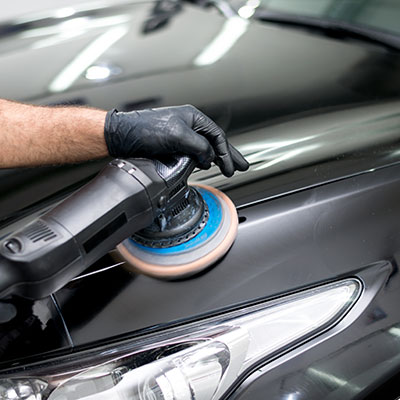Keeping a vehicle's paintwork in perfect condition is a difficult job that takes up more time than it should. More often than not it falls victim to poor washing, wiping dirt or dust off your car with a dry towel at roadside car washes, scratches, etching from bird droppings and marks from acid rain. Removing these imperfections by hand can be very labouring and some defects can't be removed without help from machinery CP Valet and Detailing can provide.

Below are some issues that we can help with by using single or multi-stage machine polishing.
- Water Spot Marks - From the impurities in tap water. These occur when water evaporates leaving spots behind.
- Holograms - Can be known as buffer trails. These are caused by bad machine polishing techniques and low-quality towels. They appear as blurred circular shadows which gives a dull or greasy appearance to the finish.
- Swirls - Known as wash swirls because this type of defect happens when careless washing and drying techniques are used. They are super fine scratches in the top of the clearcoat. Extreme cases are caused by harsh brushes used in older mechanical car washes.
- Etching - Marks left on the surface of the clearcoat but have eaten through to the base coat. These sometimes occur due to acid rain or bird droppings. Bird droppings contain Uric Acid, a corrosive chemical that will quickly eat through wax or sealant and begin to etch into the clearcoat. As the paint heats up sunlight, it expands and as the temperature cools, the paint contracts. This expanding/contracting combined with the acid, leave cracks marks in the clearcoat, and if left can stain the base colour.
- Light/Fine Scratches - more linear than swirls, they leave visible but fine trails on the surface.
- Random Deep Scratches - Referred to as RDS, these can be caused by grit or dirt dragged along the paint. The severity of these vary, with some polishing out easily. In extreme cases, some RDS will have gone through the clearcoat down to the primer or even to bare metal.
- Oxidisation - Happens when oxygen in the air acts to remove electrons from the paints colour causing it to become cloudy. Black fades to grey or red fades to pink. White paint also oxidises over time, but as it is the same colour as the chalky oxidisation, you might have to look harder to see it. All these defects can be removed or significantly reduced with machine polishers.

